Will AR / VR replace tourism and travel?
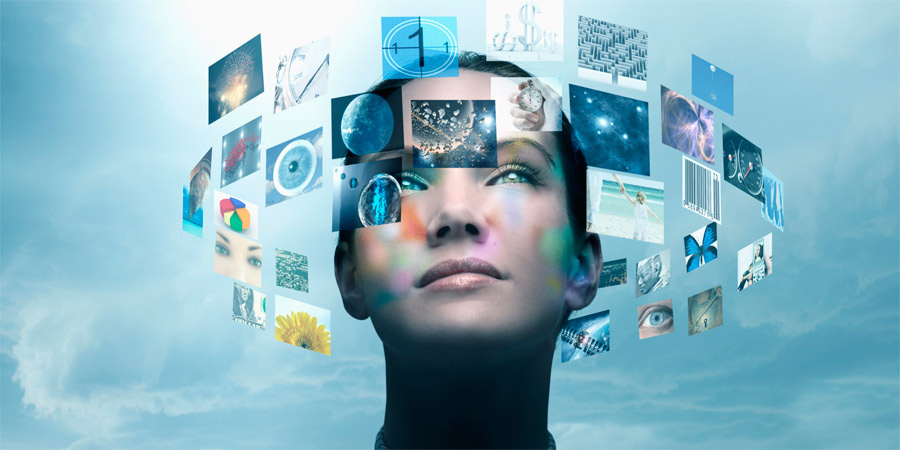
For several years now, everyone has been predicting the disappearance of desktops under the pressure of smartphones and tablets. They say that this is an anachronism, cumbersome stationary boxes that will become useless in a world where everyone has a smartphone in their pocket that solves any pressing problems. Perhaps all these people, who are so waiting for the desktop computers to leave the historical scene, play the part of Rodion / Rudolph from Moscow Doesn’t Believe in Tears: . Although it is possible that they will be right - the closer we are to the technological singularity, the more surprising and rapid changes in technology. Therefore, we wondered for Friday's post: what if suddenly augmented and virtual realities replace tourism and travel for us?
With the onset of summer, hundreds of millions of people are trying to break out of their familiar surroundings who go where: to the resorts, to hikes, to tourist trips. If Facebook posts are considered to be a kind of indicator, this is largely due to the desire of parents to preserve the remnants of reason and nerves during the summer holidays of their children. According to statistics, in 14 sunny weeks, Americans wind up 657,000,000 km on long journeys.
')
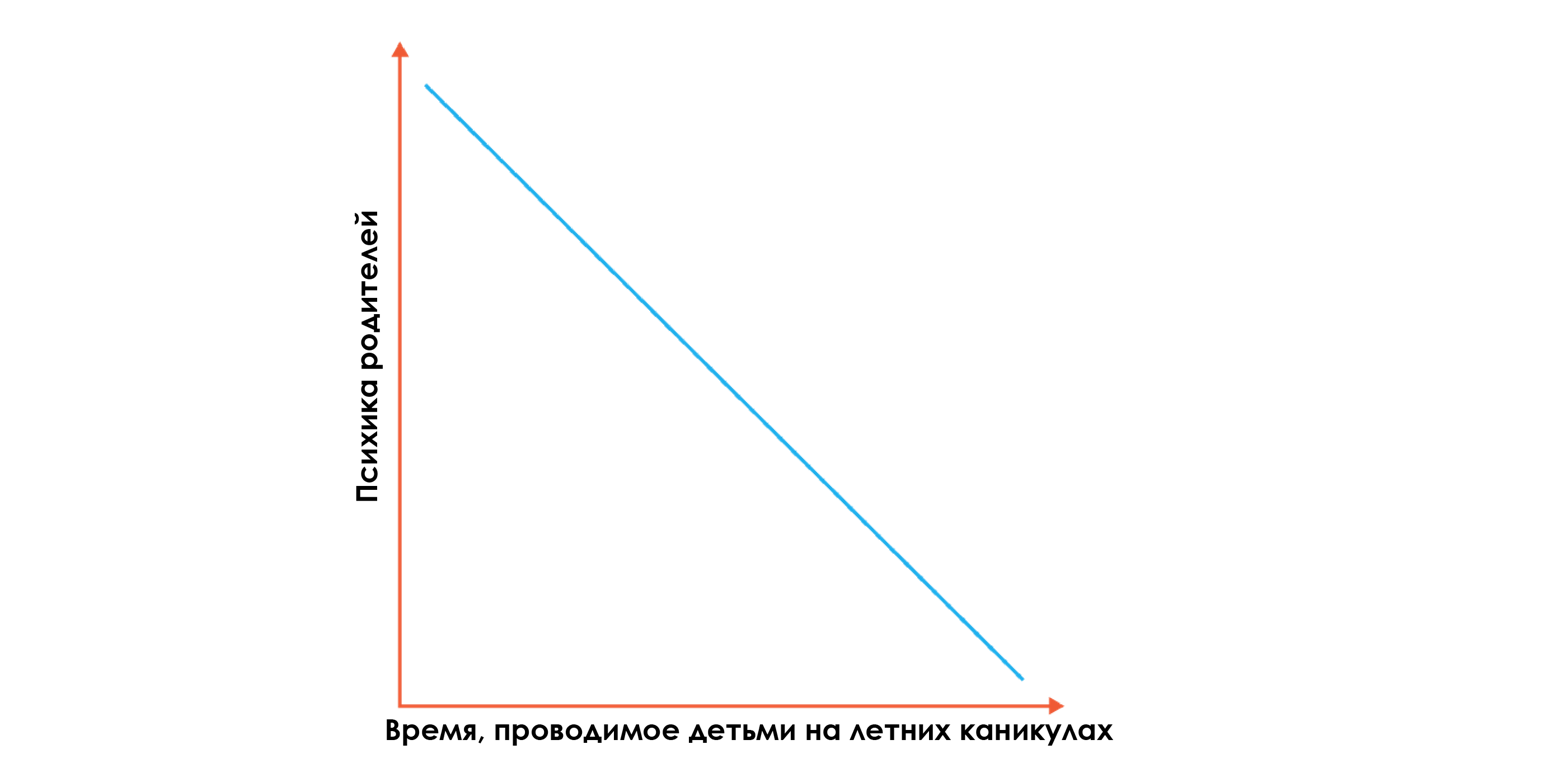
Needless to say, vacation is a pleasant thing, but what has changed in the tourism industry in recent decades? A hundred years ago, airplanes turned into fast transport, and it was awesome. Then the Internet appeared (also cool), which after some time turned into a tool to help people search, study and plan trips to places that they would not have otherwise known about.
Of course, from time to time trends can come together. Hard suitcases have become a fad, people enjoy Airbnb as an alternative to hotels, documenting perfectly put Instagram photos to envy friends who are sitting in the offices. But besides the intersection of trends and several major changes, which for many decades, in our method of vacationing there were no shifts. Until now.

With AR / VR, you’ve already taken a trip.
As in all other areas in which augmented and virtual reality are slowly being introduced, the tourism and travel industry uses available technology to bridge the gap between the present moment and the inevitable AR / VR boom, even if not all of them are easily recognizable.
Let's start with a simple example: Pokemon Go. If someone suddenly doesn’t know about the madness that quite recently literally swept the whole world, this is a game based on augmented reality, which was promoted as a way to encourage people to move. The essence of the game: to perform tasks for catching specific Pokemon in specific places. To perform all the tasks, you have to travel.

The Smithsonian Institution in the USA is one of the first to introduce add-ons for tourists. For example, in the Museum of Natural History, an attempt was made to introduce AR into the exhibition, which probably remained for many years largely unchanged.
This exhibit was called Bones; it promoted the Skin and Bones app. It was enough to point the smartphone at the skeleton to see what the living creature looked like.

Today, in various areas of the tourism industry, almost all combinations of VR / AR devices and applications can be found.
Hotels began using 360-degree photos and videos to promote themselves on Google Images. Many museums use technologies like Hololens to “put” large virtual objects in their premises, for example, a ship or a plane. Tourist assistance bureaus use the opportunity to attract potential customers through exciting active experience provided by AR / VR technologies.
And although today these technologies do not accompany all stages of our travels, you will surely be able to find at least one example of their use on the way from planning to direct rest.

I already travel and enjoy it, so who cares?
Well, you. In essence, vacation is the desire and the need to briefly escape from everyday life. So the ability to provide people with the best possible experience is completely meaningful and valuable.
Let's speculate: having done something during your vacation, you immerse yourself in a reflection for a moment, was it worth the money or time spent? Of course, we all think about it, at least for a moment, telling ourselves "it was cool" or "it was awful." When your vacation ends, do you want to feel that the time was not wasted, giving an assessment of their choices and decisions? Of course! Otherwise, the vacation would not bring pleasure.
But have you ever looked at things that gave value to something, and asked yourself why did you feel this? In almost any situation, experience is made up of small details, and it is here that AR / VR comes into play.
Remember how you once visited the cousin of your brother-in-law, who had four children under 6 years old? Didn't it take less than 20 minutes, how did you suddenly realize that your true vocation is to be a monk in a quiet monastery? Or you found a beer stashed in a closet.
So, a couple of glasses and almost one career change later you find yourself in the company of carefree youth at a local zoo. But lions, bears and three species of monkeys hid in enclosures. And accompanied by the cries of a disgruntled little one - contemplation of empty fences is a boring business - you finally found a camel chewing in your pen, but he spat at you.
When the adventure is over, you remember this nightmarish experience. And this is not even the fault of the zoo, but the worst thing that happened to you on vacation, if it was bad enough, can spoil the impression of a long-awaited vacation. And now let's risk combining a zoo and augmented reality.
Mobile devices (helmets, smartphones, tablets) show children how to walk from one aviary or building to another by tracking “paths” in the form of animal tracks. Empty stalls are suddenly filled with animals due to the overlap of realistic animated 3D models.
It will be easier to put nuggets of knowledge into receptive children's minds, because information can be fed in gradually, rather than in a powerful burst. And although the children were restless, and even the camel still spat in your face, but the overall impression of the trip is different.
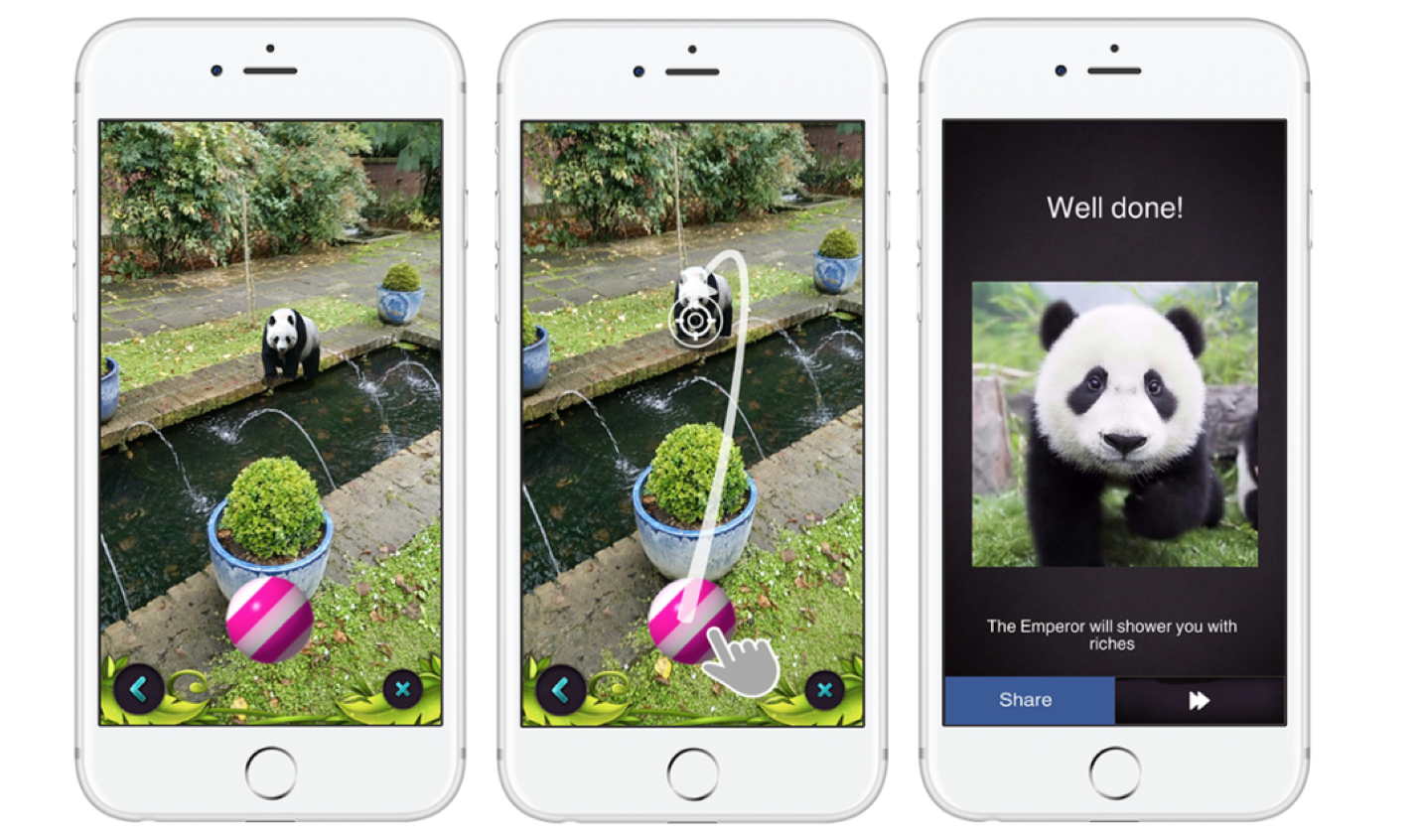
The same is true for other places.
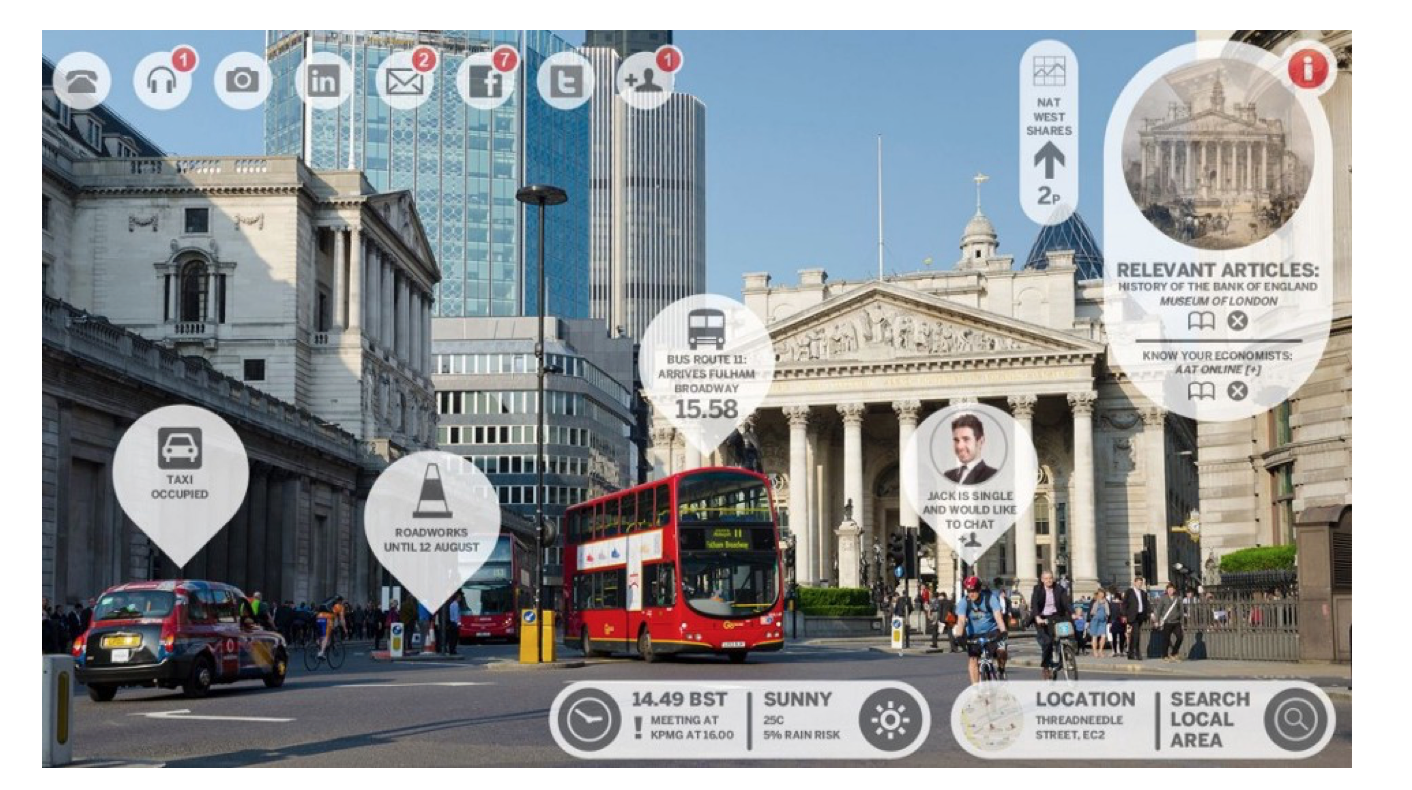
Soon you will be asking yourself how you could travel without AR / VR at all.
Now, before you say that you prefer to spend your holidays away from civilization, let me ask you: how do you choose where to go? How do you find out about the places you want to visit, and how do you even get there?
Even if you spend your holidays without any gadgets, AR / VR will once be firmly established in the tourism industry, and you will certainly be looking at 360-degree photos or videos to see where you go.
Maybe someone told you about this nature park, but you also probably saw a pop-up ad during a long session with your VR Hulu ? And when you went there, would you have found the right place if you didn’t have an unmanned vehicle with the function of a “transparent cabin”, that is, augmented reality?
The bottom line is that when these technologies become deeper integrated into our daily lives, like smartphones, you cannot completely avoid them. Unless you decide to reject human society and become a recluse living in a tent near some water body.
All these technologies will change our usual approach to tourism. For most people, tourism will be more enjoyable.
Planning
You have already decided on vacation time and keep on accepting several places to go. But how to choose from them? With the help of virtual reality.
By connecting your VR glasses, you can explore or explore popular places, as if you were there yourself. Walk through the streets of Paris, swim through the Venetian canals. Five minutes to each location, and you can make an informed decision.
Booking
Booking accommodation - one of the most frightening things in travel. Armed with photographs alone, it may not be easy to remotely select a hotel or resort. Even in the case of beautifully taken and processed photos on the hotel's website, the risk of their deceptiveness is inevitable.
You choose a room based on luxurious shots of a beautiful bed by a large window. But when you come to the hotel, you find that the photos were taken from the most favorable angle. And if you walk around the room, it turns out that the castle is razdolban, the dirt in the shower will most likely interfere with your daily ablutions, and the stain on the floor is clearly older than you.
But if you could see 360-degree photos or videos, then it would be more difficult to hide the shortcomings of the room from you. Of course, you are unlikely to enjoy looking at a stained carpet during a virtual tour, but at least you will not be misled and you will be able to look for a suitable alternative.
Flight
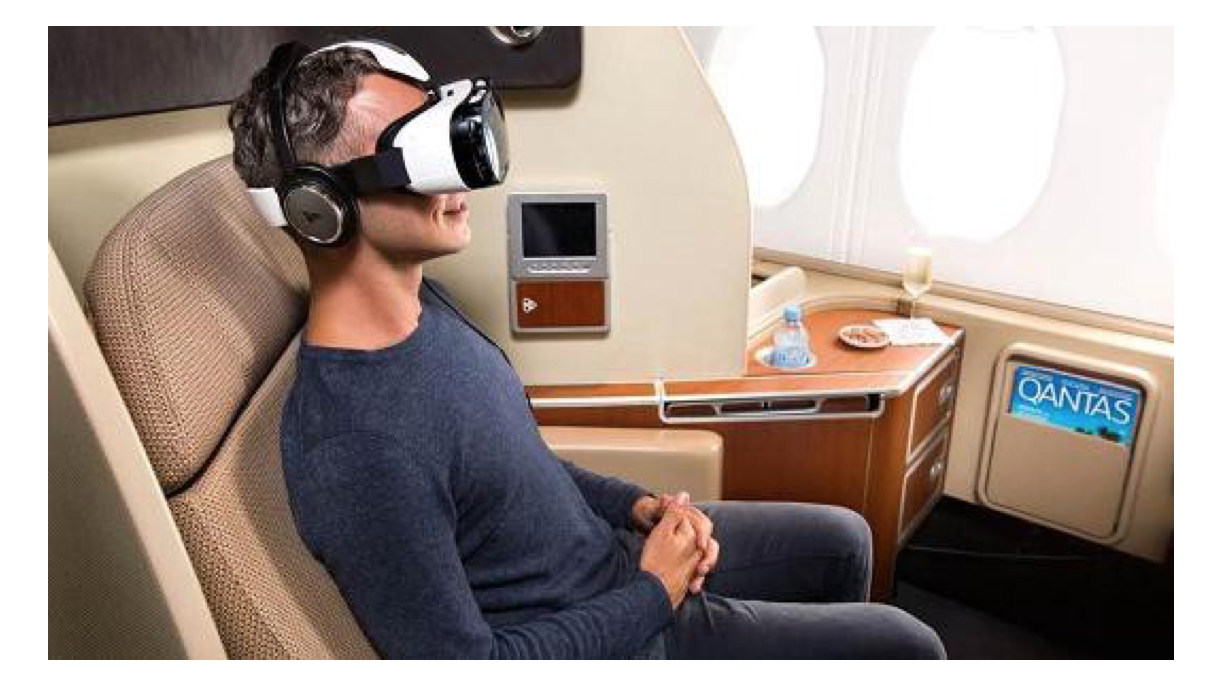
Beautiful and terrible at the same time, flights are a key element of many vacations. I flew a lot, and I can not say that I was looking forward to the opportunity to spend long hours in a cramped chair.
Despite the infinity of the list of shortcomings of air travel, boredom is my main problem. But just imagine that during the 22-hour flight to Australia you can participate in a couple of different adventures. Perhaps they will give you a fresh 3D-VR film, or you are simply exploring a virtual copy of the city you are flying to. Some airlines are already beginning to use this technology to encourage passengers during the flight, and, most likely, they will join the revolution in tourism, as VR glasses are increasingly used as an entertainment option instead of screens on the back of the seats. And VR / AR is just one of the technologies that will change our flights .
Navigation
So, you flew to an unfamiliar city. Most likely, you are not alone, with you also travel:
• Anyone who wants to walk without thinking about direction.
• Amateur old school cards. Although his smartphone has an interactive and always up-to-date map, his need to use a six-year-old paper map brought you to Omaha (and were you not in Florida?).
• Traveler "I do not ask the road." You can cope with such a way only in one way - by independently asking for directions, without relying on him or listening to him.
Fortunately, navigation with augmented reality is getting closer to commercial exploitation. Soon you will not have to think about where you can eat while traveling through the night streets of the city in a distant country. In AR-glasses you will helpfully show the direction to all kinds of tourist, cultural, infrastructure and other objects.
sights
Whether it is the Leaning Tower of Pisa or a quaint little museum museum, you can get a more personal experience by visiting places of interest to you.
Suppose you are walking through old Paris in the direction of the Eiffel Tower. Instead of behaving like a standard tourist - took a picture, took a picture again, walked around, looked around and so on - you want to get unique impressions.
You download the Paris Traveler app and choose what you want. For example, 30% of history, 40% of romance, 10% of food and 20% of standard tourist moments. The application selects a route for you, and suddenly you see Paris completely meeting your desires.
Instead of getting another historical fact every 15 meters that history lovers will like, you get an amazing fact once an hour, as the route takes you to romantic places. You easily find excellent restaurants and cafes, and at the same time you do not need to worry that you will miss the most desirable sights, since you have already indicated them in your preferences.

Fucking awesome! I see all this in virtual reality. So why should I pay to go there?
This is the most common question I’m asked when I start talking about how AR / VR will affect travel and tourism. I see that people consider this a sensible argument, but it is not.
Virtual and augmented reality in no way will hinder the desire of people to travel. Instead, they will do the exact opposite.
Remember how you first rode on a virtual roller coaster. You rushed on them, it was cool, and then it was all over.
Ask yourself:
• Did you want to try a roller coaster first? If not, then most likely you don’t like a roller coaster, and there’s no point arguing about your decision not to go for a real ride.
• When you were virtual on a roller coaster, did you get the same thing as the real ones? Not. Unless you were in a very large professional VR installation, then you did not feel the wind on your face, your brain did not receive from the senses the entire spectrum of data necessary for the experience to be “complete”.
• You liked the VR version, but did you decide after this that there is no point in going to real slides if the opportunity presents itself? Of course not! You like roller coasters, and the opportunity to try them in a virtual form only stirs your desire to experience it live.
Returning to AR and VR in tourism: virtual reality is a presentation, and augmented reality is an extension of experience.
Of course, there will be exceptions. For example, I will not find ten years on my vacation to visit Mars. So until space travel becomes more efficient, I’ll happily pay for a virtual vacation on the Red Planet.
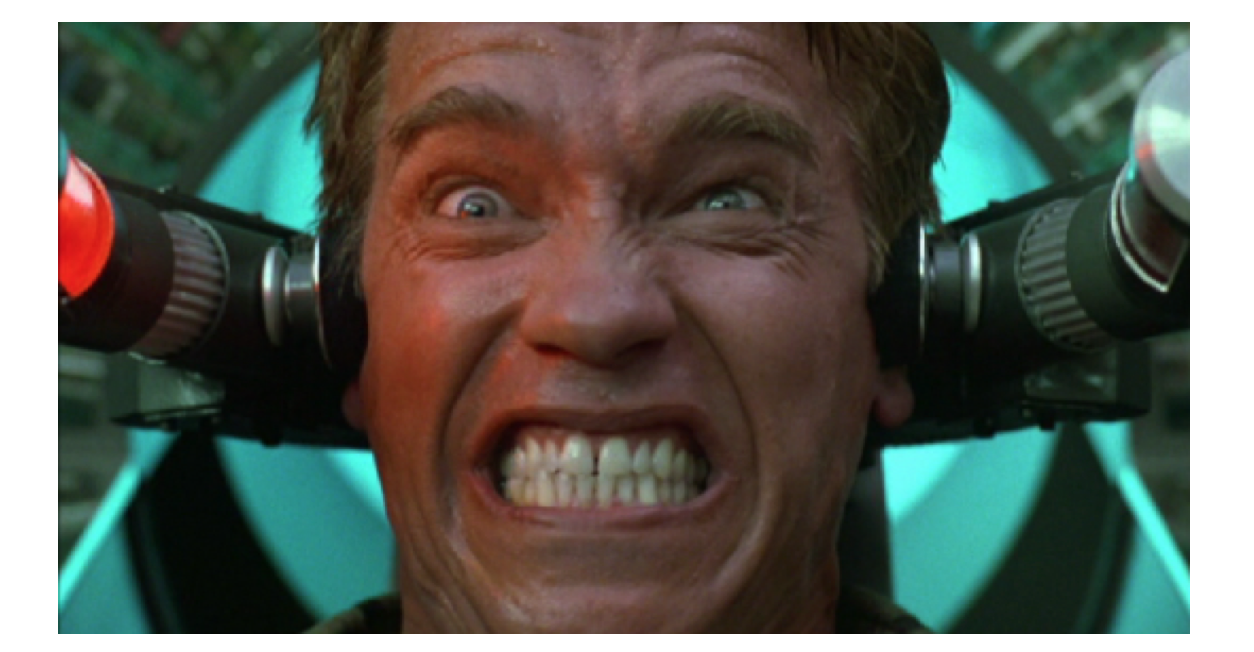
Traveling in virtual reality has additional benefits. Perhaps you desperately want to see the world from the summit of Everest, but you cannot climb there for health or other reasons. Or maybe you want to see the temples of the Incas, but your budget will not pull this trip. In such cases, paid virtual tours can open the world to those who are not able to see it otherwise.
So, will people miss the tourist season for the convenience of visiting Venice at home on the couch wearing virtual reality glasses? Hardly. If you can go somewhere, then these technologies will only strengthen your desire to visit there yourself after the “test visit”.
Source: https://habr.com/ru/post/335406/
All Articles